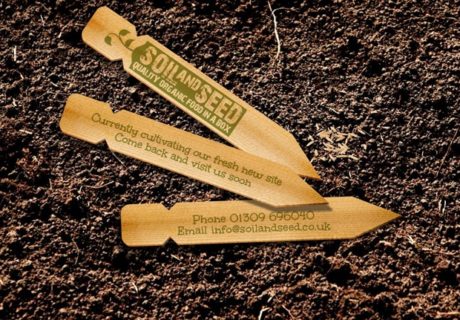Seasonal sniffles experienced by many people at this time of year might not be due to the common cold after all. Recent evidence demonstrates that many people are actually allergic to their Christmas tree!
The traditional seasonal centre-piece could be harbouring a wide range of airborne allergens, which can cause irritation and allergic reactions. Many people suffer with common cold-type symptoms, such as an itchy nose, watery eyes, sneezing, coughing and, for asthma sufferers, an acute flare-up of wheezing and shortness of breath.
A 2011 survey found 35 per cent of people in the UK suffer from an increase of hay fever like symptoms at Christmas, and that real trees caused most problems. And the findings of a further study show that pollen grains collected in the tree bark can affect hayfever sufferers too. When the tree is brought into the house, the tree resin dries, releasing more pollen into the air, causing potential allergic reactions – a condition known as Christmas Tree Syndrome.
Fortunately there are a number of natural options for tackling the problem. These include putting up the tree as late as possible, positioning an air purifier near the tree and using a barrier balm.
A new study shows that the HayMax barrier balm traps both indoor and outdoor airborne allergens from entering the body – helping block the pollen, mould, dust and pet dander that cause the problem. If this keeps a sufferer below their trigger level, they ought to have no allergic reaction to their tree




